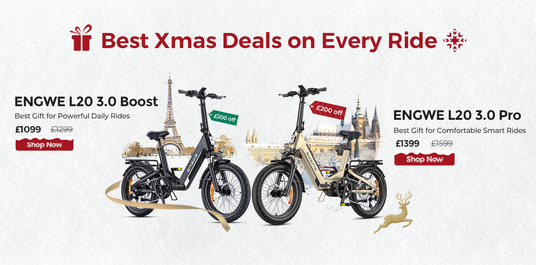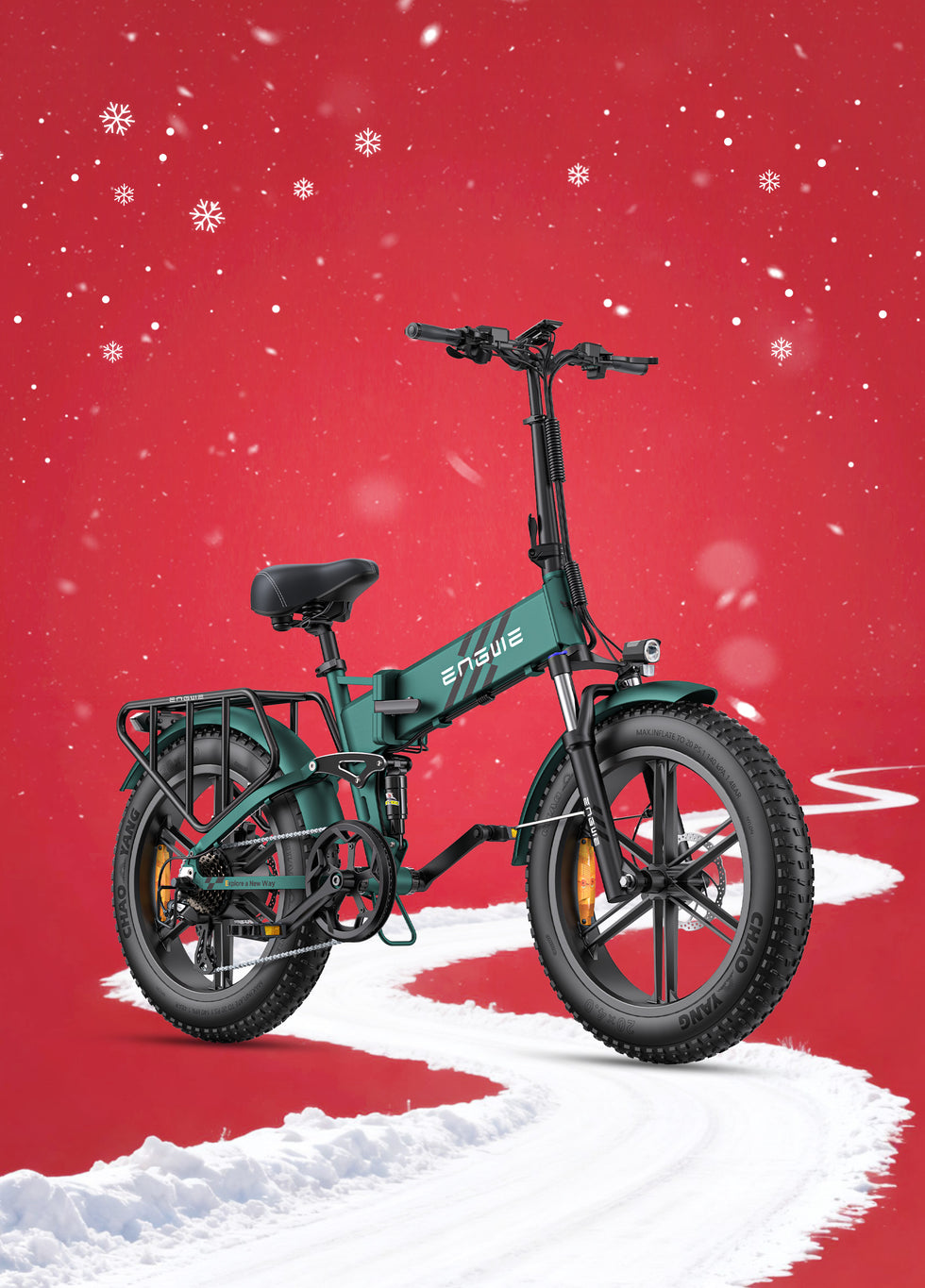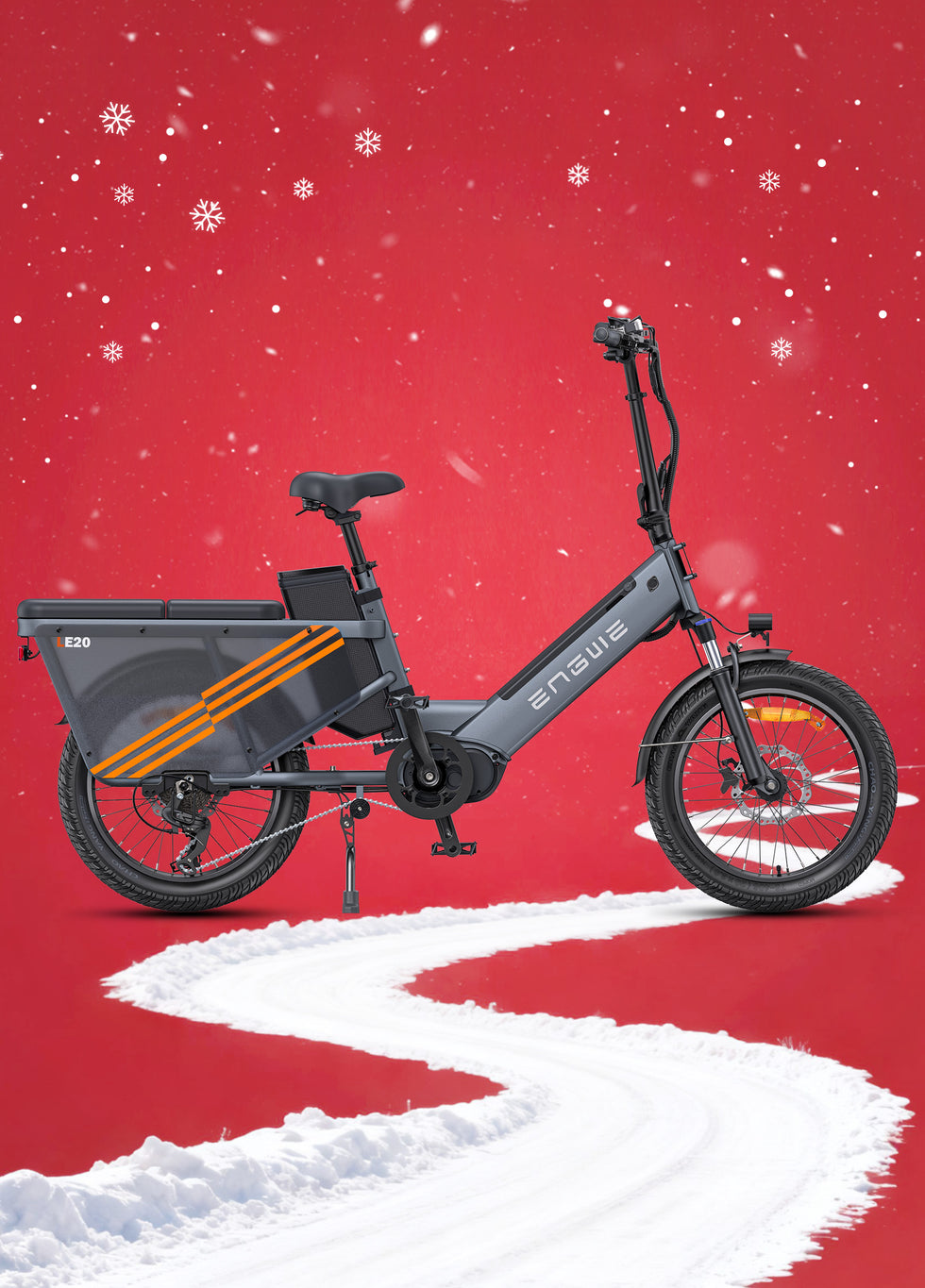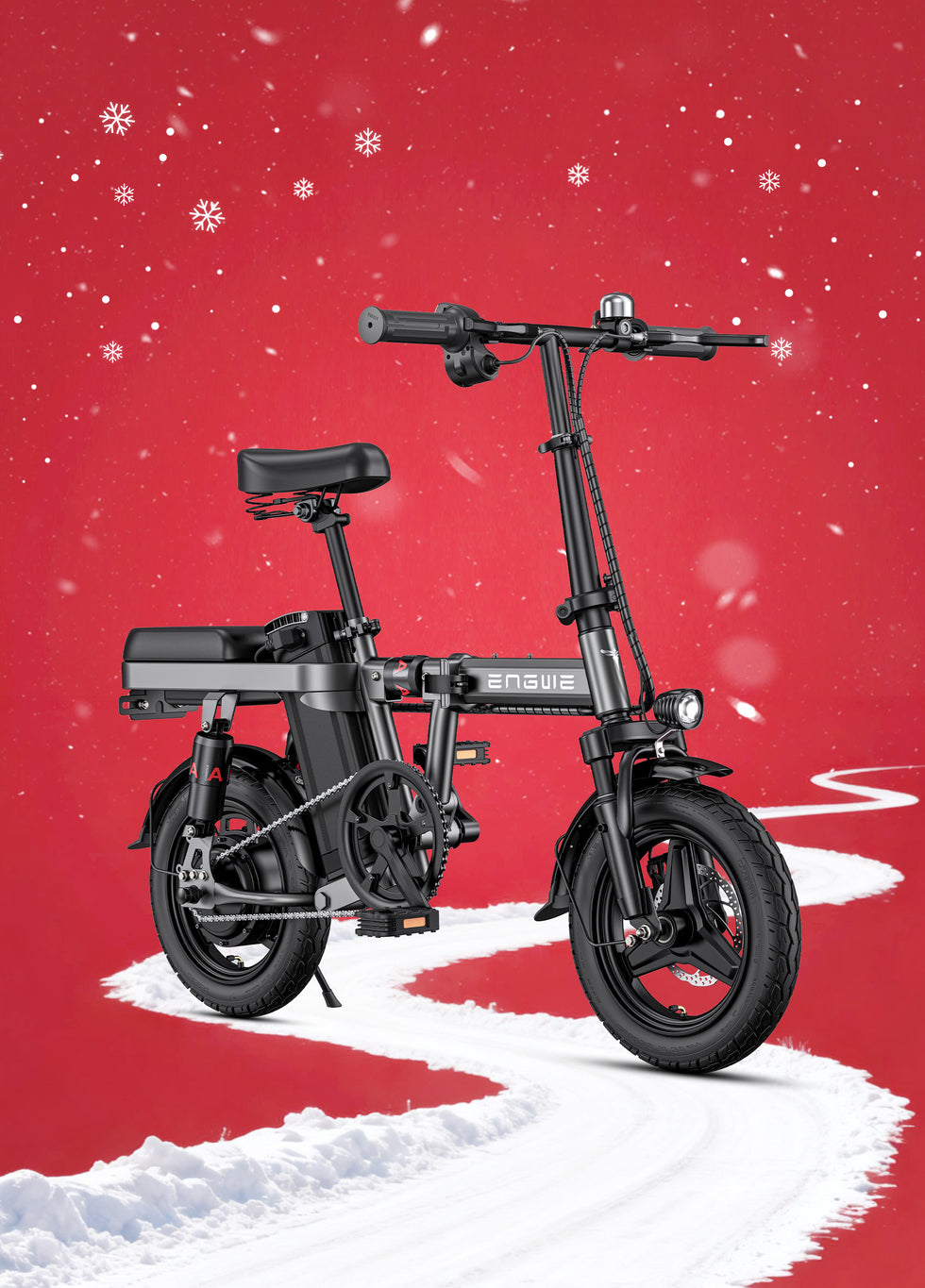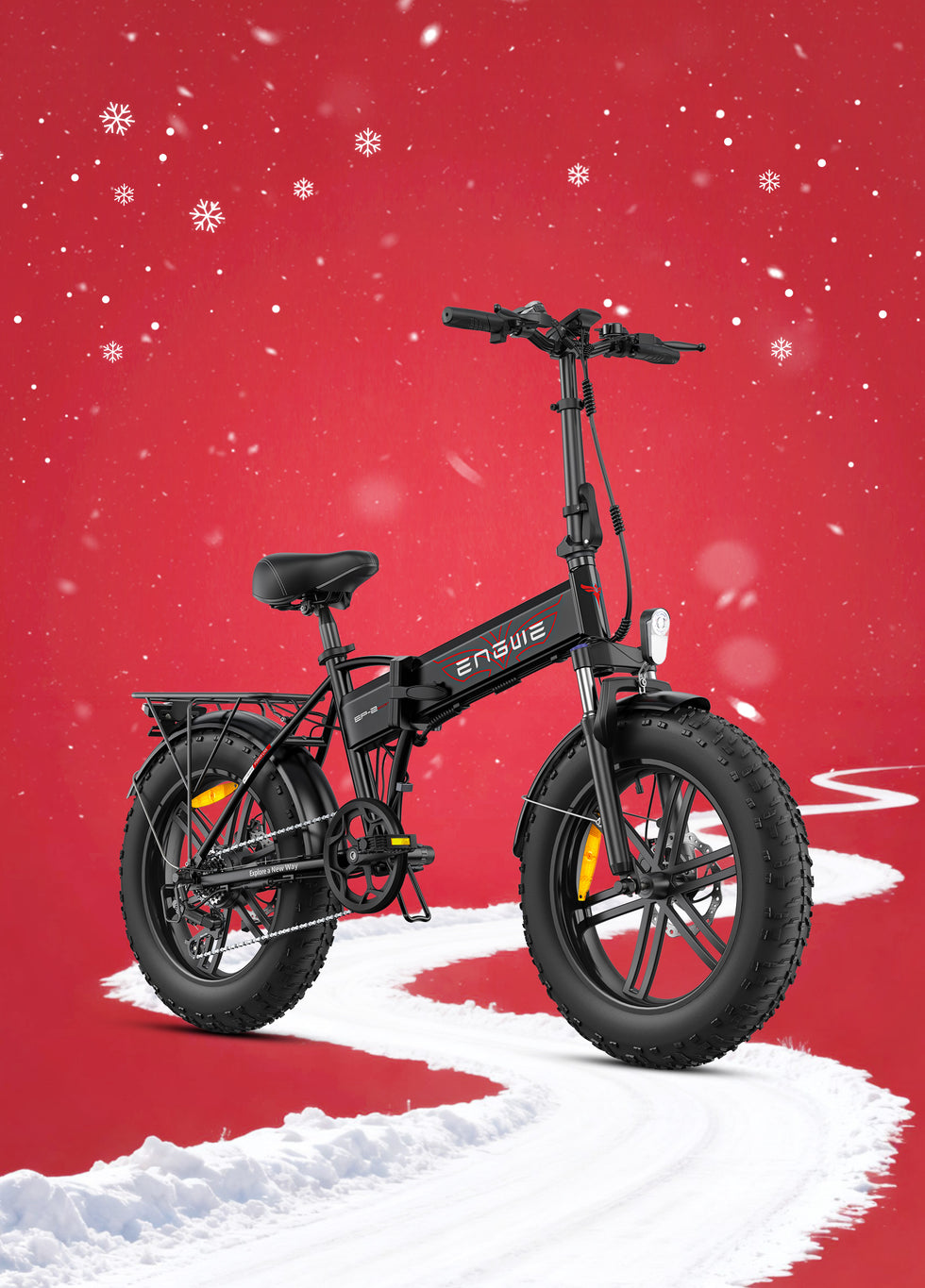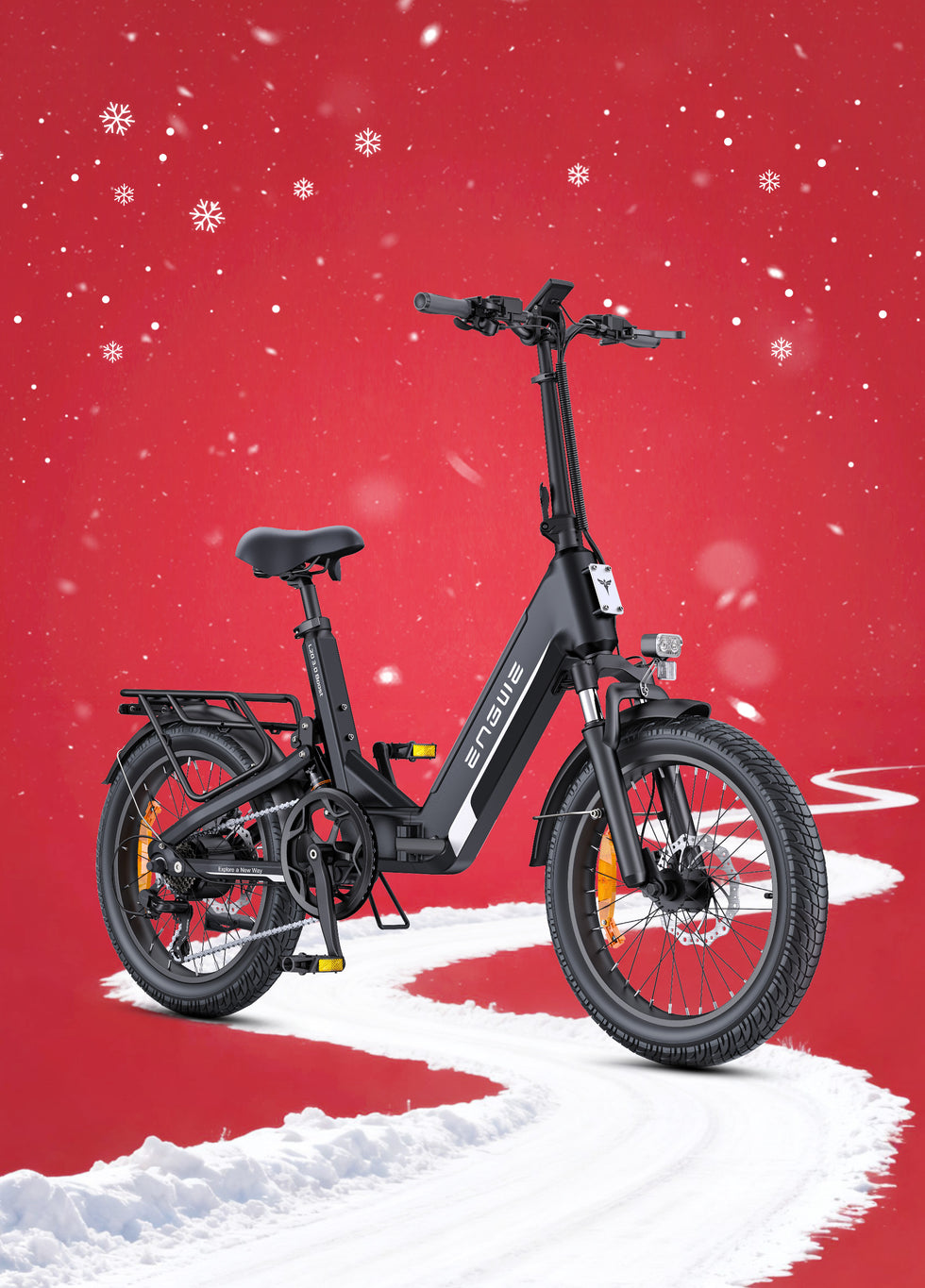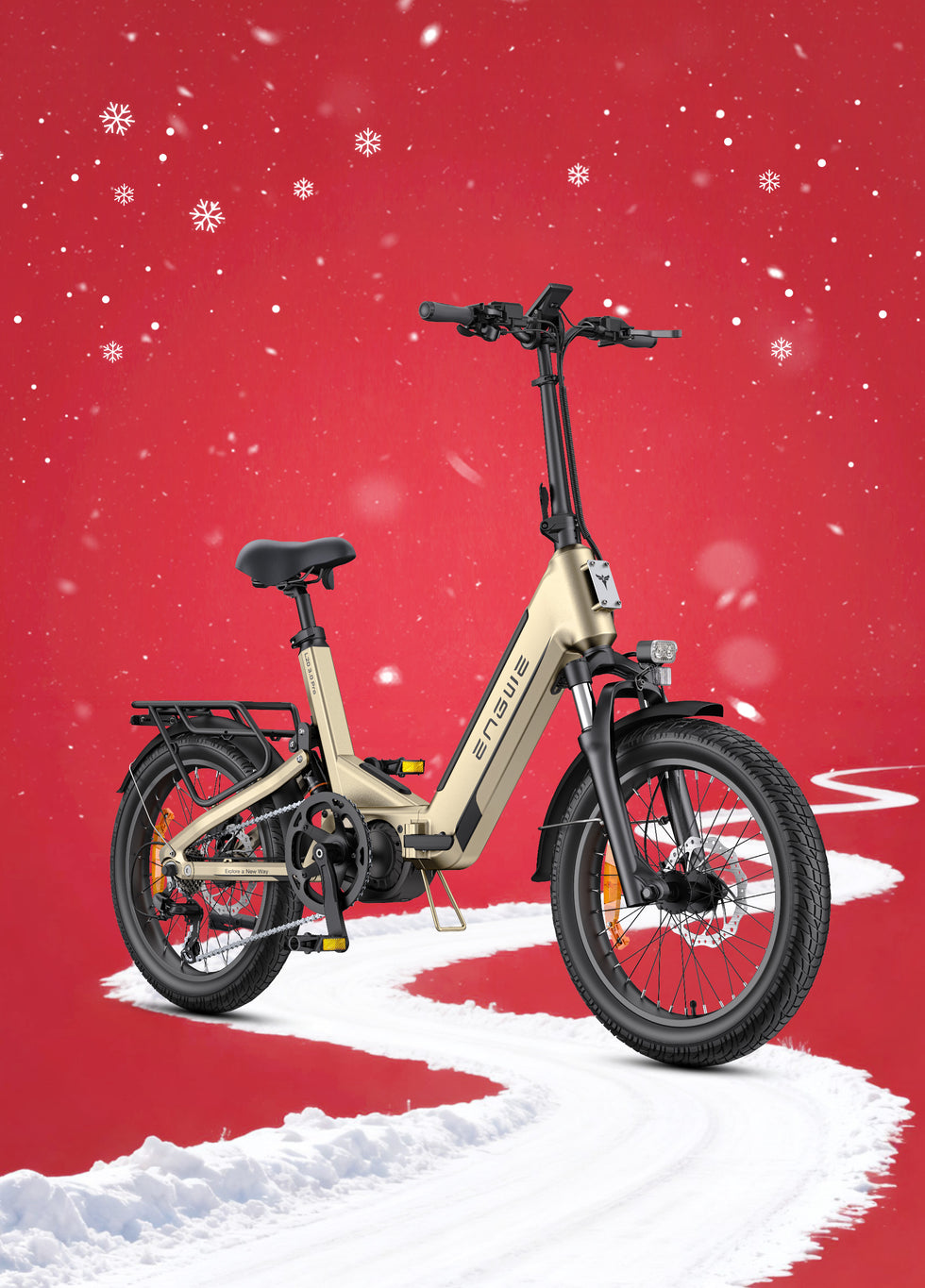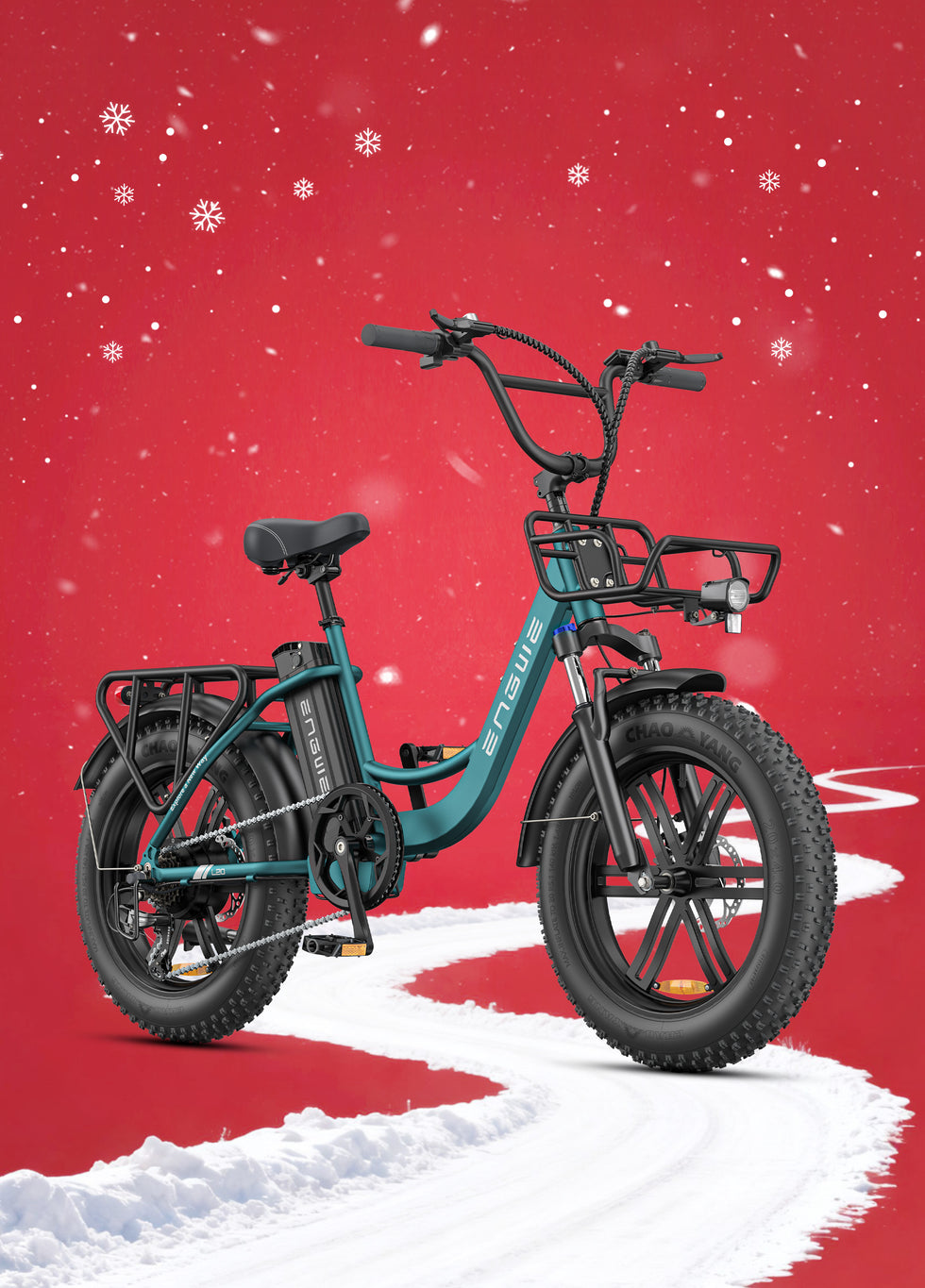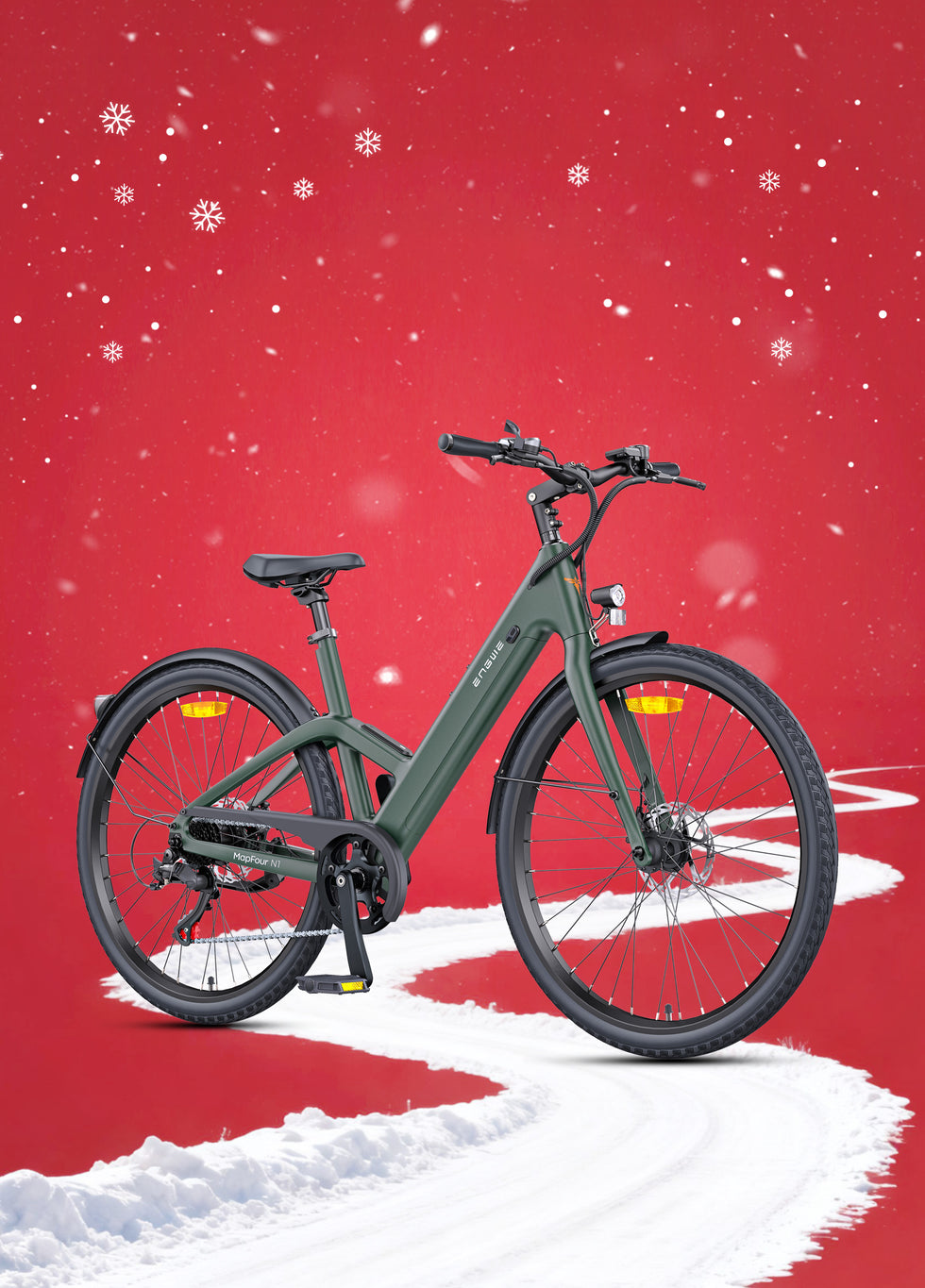A great electric bike can be a revelation. All of a sudden, that once fearsome incline on your commute is a breeze, a visit to the shops is a pleasure and not a chore, and a leisurely roll out at the weekend can take you many miles without the worry of a tough ride home. But looking for the “best e-bike for women” isn’t about discovering that it has a smaller frame and is presented in pastel. It’s finding a bike that really fits—your body, your lifestyle, your riding aspirations. It is the perfect combination of comfort, safety and convenience. So, let's cut through the jargon and get to what really matters: which electric bike you should buy, because it feels like it was built specifically for you.
Beyond the Frame: What Makes an E-Bike, ‘Woman-Friendly?’
For too long, the cycling industry attitude was “pink it and shrink it.” Thankfully, things have moved on. A great e-bike for women is built with ergonomic and sensible features. The frame style is the first thing that strikes the eye. There’s a reason why a step-through or low-step frame is so popular. No more swinging your leg high over the saddle; getting on and off is far easier, and more graceful, especially if you are in a skirt, dress, or work pants, or if mobility issues involving knees or hips come into play. This actually makes it a huge confidence-reassuring factor when stopping and starting in city traffic.
But there’s more to it than the frame. The total weight is one of the most important factors. All electric bikes are heavier than their non-electric counterparts, in keeping with the nature of the motor and battery, but some e-bikes are much easier to handle than others. Consider where you'll store it. Will you be taking it up a flight of stairs or trying to work it into a cramped space? A lighter bike — or one with a removable battery that you can take out to lighten the load when lifting — can make a huge difference. The saddle is also king; ensure it’s comfortable. For a little more upright, casual type of riding, a wider, more padded saddle is a common choice. So too, do the handlebars. For a more comfortable ride, swept-back or ‘Dutch-style’ handlebars enable a more upright riding position; this minimises the strain on your back, shoulders and wrists, and makes it easier for you to keep an eye on the road in front.
Decoding the Tech: The E-Bike Basics You Need to Know
If there’s a magic to an electric bike, it’s the technology inside. It can also be the most intimidating part. So let’s break down these three main components. First, the motor. In most cases, you will have either hub-drive motors (in the wheel’s centre) or mid-drive motors (central in the frame where the pedals are). A hub motor of decent quality will be fine for regular city and commuting riding. Second, the sensor. This is important because therein lies the feeling of the power. Power is delivered via a cadence sensor as soon as you start pedalling, and it can be a bit jerky at first. A torque sensor is also significantly more complex. It's measuring how *hard* you are pedalling and delivers a proportionate amount of assistance. The result is an insanely smooth, intuitive riding experience that feels like an extension of your own body. You sound like you, only on your best day.
Last but not least, the battery decides your range. The capacity is measured in Amp-hours (Ah), and the total energy is calculated by multiplying the Volts by the Ah. The higher the number, the greater the planned range. Manufacturers will provide you with a maximum range you can expect to achieve as the battery cranks out juice, though beware that this is typically an estimate at the best of times – flat ground, lowest assistance setting, with a lighter rider. Consider a typical trip, then only consider batteries that provide more than twice the range so you won’t ever experience ‘range anxiety’. Also, consider the brakes. Hydraulic disc brakes are better than mechanical brakes. They need less strength in the hand to work and offer predictable, powerful stopping in all weathers, from a dry summer day to a damp British morning. This is not just a feature; this is a critical safety device.

The Commuter’s Fantasy: ENGWE P275 Overview
And when you look at all these features lining up in one, it becomes clear what goes into a great electric bike for city use. The ENGWE P275 SE is a shining epitome of it. This e-bike is designed for considerate commuters who demand value, performance and reliability. It is built around a strong 250W brushless motor that is mated to a super-responsive smart torque sensor. Together, it makes for a magically silky and natural-feeling ride. The power assist is at one with your effort, responding in just 50 milliseconds to how hard you’re pedalling. This results in effortless starts at lights and smooth assistance on ascents. A key feature is the massive 36V 13.0Ah battery capacity that’s capable of going the distance (max 100 km range), from a full week of commuting or long cruising weekend rides without ever having to think about recharging with this stunner. The battery is also perfectly integrated into the frame and can be very easily removed. This allows for indoor charging, if you prefer. You can see that comfort is a focus point with an ergonomic Dutch Upright riding position, an adjustable stem and a swallow handlebar that provides relief to the back and the shoulders. For your safety, the high-performance front and rear hydraulic disc brake system will keep you in control in any condition and the front fork cushioning ensures an uninterrupted ride down any path. And the practicality simply doesn’t stop there: from the front and rear fenders and chain guard to the clear LCD display that syncs to our smart app to bring ride data front and centre. Rolling on 27.5" city tyres, the ride is cushy and stable on the street!

Making it work: Finding your *ideal* match.
With this knowledge, you can now confidently start searching. Rather than just passively browsing models, you can ask the right questions. Begin from the beginning: What will you use the bike for? Is this a 5km daily commute or are you dreaming of 50km countryside weekend sojourns? That will give you your needed battery range. Think about your terrain. Is it primarily flat, or are you going to be facing some serious hills? This will determine the relevance of motor power and a versatile range of gears. Consider practicality. Where will the bike be kept? Do you need to carry things? Find bikes with racks included or the capacity to install them easily. Lastly, never discount the value of a test ride. The best e-bike on paper means nothing if it doesn’t feel good to you. Which is just as well: you need a trial ride to experience the comfort of the saddle, the zip of the motor and the confidence the brakes can inspire.
The best women's e-bike is the one that takes away barriers and makes you want to ride more often; it makes every trip more fun.

Frequently Asked Questions
1. How to determine the right size e-bike for you?
Sizing is key for comfort and control. Most crucial is the 'standover height' which is the distance from the ground to the top of the top tube on the frame. With a little room, you should be able to stand over the bike with both feet flat on the ground. Many brands offer a sizing chart according to the height, so it’s a good idea to take a look at what they recommend. Less of a problem on a step-through frame, but on a diamond frame you also need to be sure you can reach the handlebars and the saddle can be adjusted to a height whereby your leg is nearly straight when at the bottom of the pedal stroke.
2. Can an e-bike tackle steep hills?
Absolutely! This is one of the greatest advantages an electric bike provides. A 250W motor (currently the legal maximum for UK roads) along with a decent set of gears (ideally a Shimano 7-speed or upwards) will make a massive difference when the road points upwards. The motor supplies the torque you need to help muscle you up the hill, whilst the gears allow you to find the rhythm that will have you riding all day long. A bike with a torque sensor is especially great on hills because it supplies more aid the more pressure you put on the pedals, and the hill climb feels more natural and conquerable.
3. Are e-bikes too heavy to manage and store?
They are heavier than their non-electric counterparts, usually around 20-28kg. However, designs are constantly improving. Search for models with a removable battery. You also get a lot of benefit from getting the battery off (which can weigh 3-4 kg) when you have to lift the bike up a couple of steps or onto a car rack. It’s actually barely noticeable when riding thanks to the motor, and it can actually help a bike feel more stable and planted on the road.
4. What is the maintenance required for an e-bike?
Maintaining an E-bike is very similar to maintaining a regular bicycle. You will need to monitor your tyre pressure, ensure that your chain is clean and oiled, and that your brakes are working on a regular basis. Electric components (motor, battery, display) are sealed and do not require maintenance. It is suggested to get it serviced at a professional bike shop once a year, as you would a normal bike, to check over the brakes, gears and all components.
5. Do I need a licence or insurance to ride an e-bike in the UK?
If your electric bike is compliant with EAPC (Electrically Assisted Pedal Cycles) regulations in the UK, you do not need a licence, tax or insurance. These main stipulations demand the motor is limited to a maximum power of 250W and cannot assist the rider above 15.5mph. To ride one on the road, you must be 14 or older. You ride them on roads and cycle paths as you would a regular bike and they are subject to the same rules of the road.
